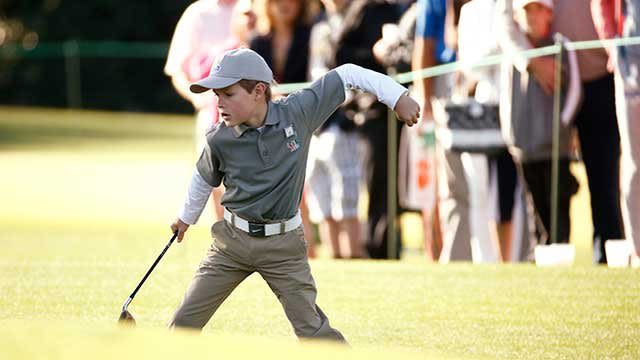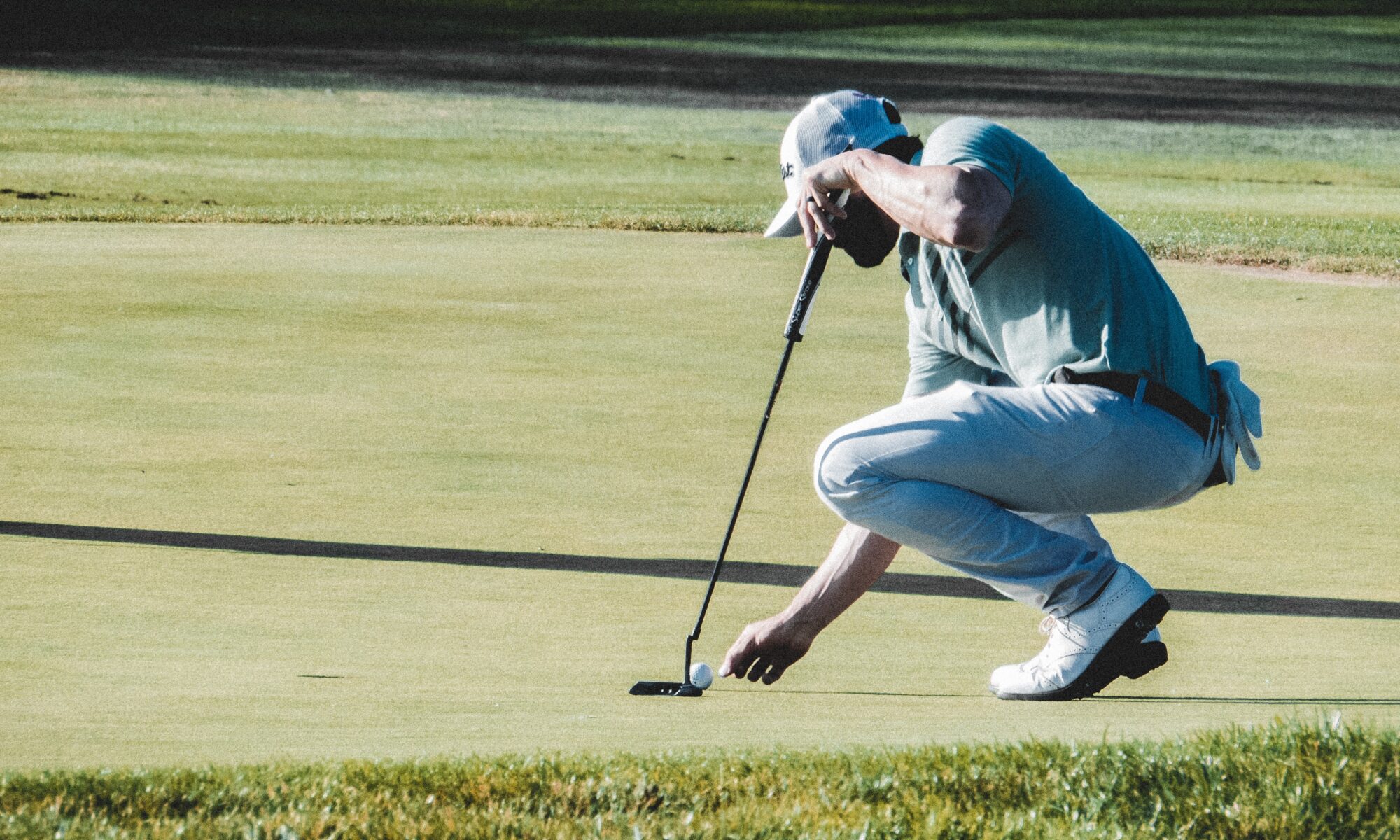From pga.com
Published on Wednesday, October 2, 2019

Golf is unique treat that can be enjoyed at any age. Teach a child to play and they’ll have a foundation in place for decades of enjoyment on the course alongside friends and family.
PGA Professional Justin Blazer, the director of instruction at Duran Golf Club in Viera, Fla., wants his students to have fun learning and cultivates their interest by drawing inspiration from other athletic pursuits.
Here are nine tips to keep golf fun and exciting for junior golfers.
1. Find a PGA Professional, give your child room to grow. Research your area and locate an instructor who specializes in junior golf programs, is certified, or at the least has significant experience teaching kids. Then, offer support and encouragement but allow the pro to give the golf advice. Too much information from too many sources can strip the joy from the process of learning how to play golf.
2. Group instruction works best. Blazer played college basketball, so he comes from a team sport background. He reflects on growing up playing little league baseball, when he looked forward to practicing for a couple of hours because it meant a chance to hang out with his buddies. With the time available between shots, golf is the most social game. Instruction should follow this lead. Kids who learn, laugh, improve and struggle together are more likely to return for more.
3. Younger kids need variety. You’re never too young to learn, but the smallest swingers need a mixture of activities to keep clinics and lessons fresh and exciting. For Paul Johnson, head pro at the Links at Lost Plantation in Rincon, Ga., this might include an impromptu game of freeze tag in the midst of a driving range session, an obstacle course session or whacking tennis balls instead of golf balls to build confidence and break monotony. Any activity that emphasizes hand-eye coordination, balance or athletic movement benefits a golfer’s early development. Even if it doesn’t include touching a golf club or ball.
4. Don’t sweat the details. Solid fundamentals are important, but it’s fine for a beginner to have flaws in their grip or stance as long as they are hitting the ball, having fun and wanting to return to the course. Blazer believes his students’ pleasure is more important than applying undue stress in pursuit of perfection. If the time comes, he likes to turn his pupil into the teacher, have them ask questions about why such a change might be necessary. That keeps the students invested in the decision.
5. Get on course – as soon as possible. Juniors who spend too much time banging balls on the driving range can easily lose interest. Besides, the golf course is where the game really comes alive, remains fun and fresh, poses a unique set of circumstances each day. A golfer understands the reason to spend quality time practicing chipping or bunker play once they’re faced with those challenges on the golf course.
6. Let your child decide, it’s their journey. Not all junior golfers will want to play in tournaments. Some might like to compete, but only in a group setting. And others may enjoy the game just because they can be outside and spend hours sharing good shots and laughter with friends. Parents who push their child down the wrong path may drive their child away from the game. The decision to pursue a tournament title, college scholarship or professional career should always come from the golfer and no one else.
7. Slumps are part of sports. Every golfer reaches a point where scores aren’t improving because putts don’t drop or drives miss their target. Understand that all athletes have stretches where they simply don’t perform their best, sometimes for reasons that defy explanation – if they can be identified at all. Baseball hitters, field goal kickers, 3-point shooters all deal with low periods during a season, Blazer points out. Dwelling on what’s gone wrong can bring any golfer down. To maintain perspective, set reachable intermediate goals and keep the focus on the process of having fun.
8. Parents, don’t rush to spend. It’s tempting to rush out and buy expensive golf clubs and flashy clothes as soon as your son or daughter mentions they’d like to spend an afternoon on the golf course. Hold on to your debit card for a minute, however. Expose your child to the game first. Many instructors have clubs available for kids to use during lessons or clinics. If your child decides they like the game and want to continue playing, then find equipment that fits them. Proper club length and weight are imperative for young beginners. Clubs that are too long or heavy can introduce bad swing habits.
9. Enjoy this game together. Father and son, mother and daughter. Walk nine holes on a warm summer evening. Start a holiday tradition of sharing a round, and observe it whether there’s rain, sleet or wind. Watch the major championships, learn the rich history of the game and discuss your favorite players. Attend a PGA or LPGA Tour event and observe those who play the game best. Find time to play a round on a family vacation. Celebrate the good shots, forget the bad ones, laugh a lot and let each memory soak in.















